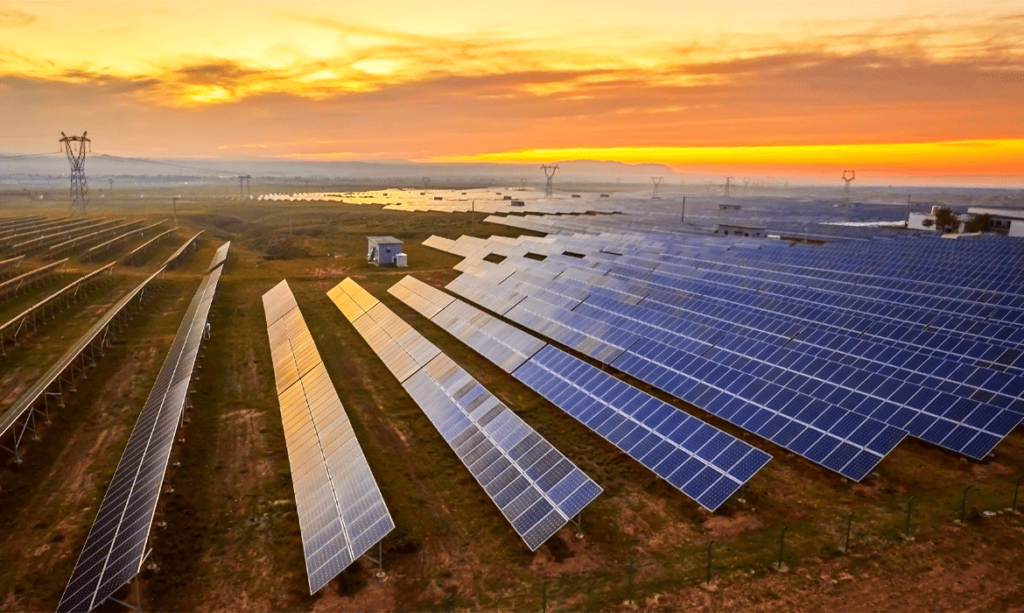KAIETEUR NEWS – According to the estimations of the Paris-based International Energy Agency (IEA), solar energy has not only become the cheapest form of energy, but is also poised to become king of global electricity markets. The intergovernmental organization which works with countries around the world to shape energy policies for a secure and sustainable future, made this conclusion known in its recent publication of World Energy Outlook 2020. This document is a yearly study that allows the agency to map possibilities for the future.
In the WEO-2020, the agency outlines the “extraordinarily turbulent” impact of the coronavirus on the now “highly uncertain” future of global energy use over the next two decades. The IEA in its highly influential annual outlook offers four global energy “pathways” to 2040, all of which see a major rise in renewables. The IEA’s main scenario has 43% more solar output by 2040 than it expected in 2018, partly due to detailed new analysis showing that solar power is 20-50% cheaper than thought. In fact, the IEA said supportive policies and maturing technologies are enabling very cheap access to capital in leading markets while adding, that solar energy is now consistently cheaper than new coal – or gas-fired power plants in most countries. It said too, that solar projects now offer some of the lowest cost electricity ever seen.
Kaieteur News understands that the IEA’s future estimations also see renewables meeting 80% of global electricity demand growth over the next decade. Further to this, the IEA said hydropower is set to remain the largest renewable source, but stressed that solar is the main source of growth, followed by onshore and offshore wind. In support of the agency’s findings, Dr. Faith Birol, the IEA Executive Director said, “I see solar becoming the new king of the world’s electricity markets. Based on today’s policy settings, it is on track to set new records for deployment every year after 2022. If governments and investors step up their clean energy efforts…, the growth of both solar and wind would be even more spectacular – and hugely encouraging for overcoming the world’s climate challenge.”
With respect to the strong growth of renewables, the WEO-2020 shows that it needs to be paired with robust investment in electricity grids. Without enough investment, the IEA said in the document, grids would prove to be a weak link in the transformation of the power sector, with implications for the reliability and security of electricity supply.
As for fossil fuels, the IEA said the sector faces varying challenges. It said coal demand does not return to pre-COVID-19 levels, with its share in the 2040 energy mix falling below 20% for the first time since the Industrial Revolution. On this note, Dr. Birol said, “The era of global oil demand growth will come to an end in the next decade.”

